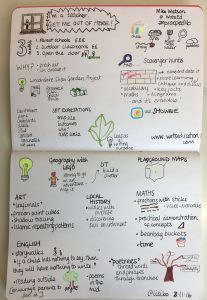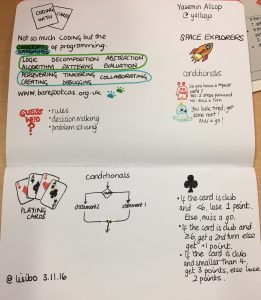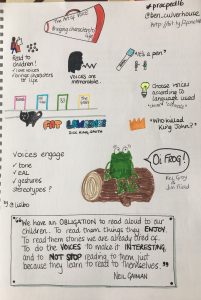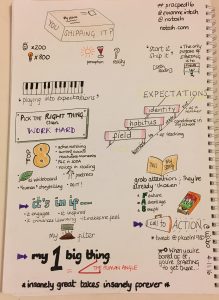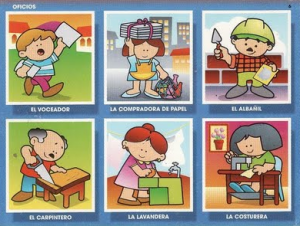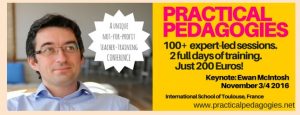 I’ve just got back from the Practical Pedagogies conference at the International School of Toulouse. Organised by Russel Tarr, the two day conference brought together educators from around the globe. Here’s the rationale behind the conference which explains why I travelled to Toulouse at my own expense to speak (I wasn’t paid to it):
I’ve just got back from the Practical Pedagogies conference at the International School of Toulouse. Organised by Russel Tarr, the two day conference brought together educators from around the globe. Here’s the rationale behind the conference which explains why I travelled to Toulouse at my own expense to speak (I wasn’t paid to it):
“Educational conferences can be prohibitively expensive for ordinary teachers, and often focus on abstract theory delivered by professional academics with very little hands-on classroom experience. Such events often appear more concerned with making money than with genuinely improving the quality of education being delivered within schools.
In contrast, “Practical Pedagogies” comes out of the belief that the best teacher-training conferences are delivered by practising teachers, for the benefit of each other and their students, as not-for-profit events.”
I attended some excellent workshops and chatted to so many people that further inspired me.
Below are my sketch notes of the conference that document the sessions I attended. I hope that they give you a flavour of the conference. You can find out more by checking out the Twitter hashtag #pracped16 (which was trending at various points in various countries over the two days!) or by looking at the conference website. I’m sure that many will share their presentations and that there’ll be lost of blogging so I’ll update the post over the next week or so to share them.
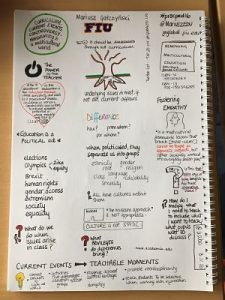
Curriculum, controversy and current affairs: manoeuvring in a multicultural world by Mariusz Galczynski @MariuszEDU


